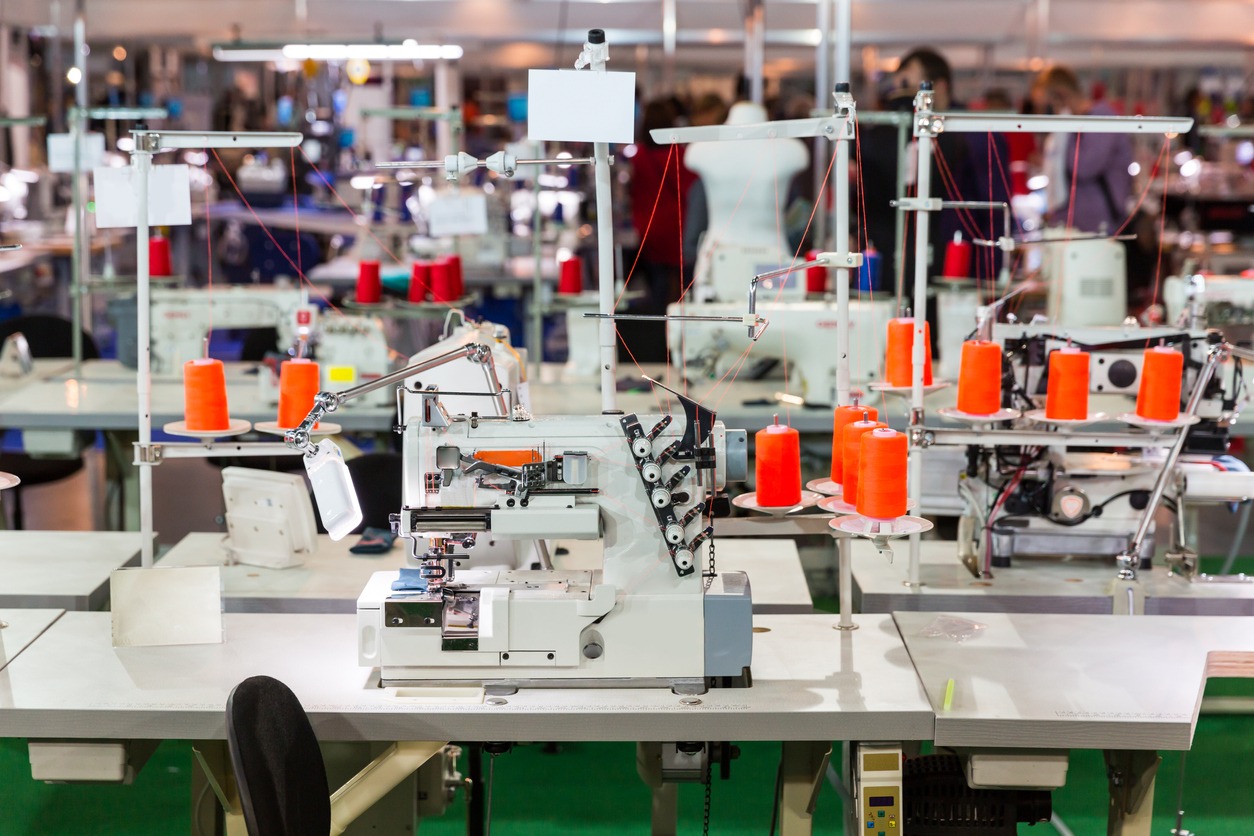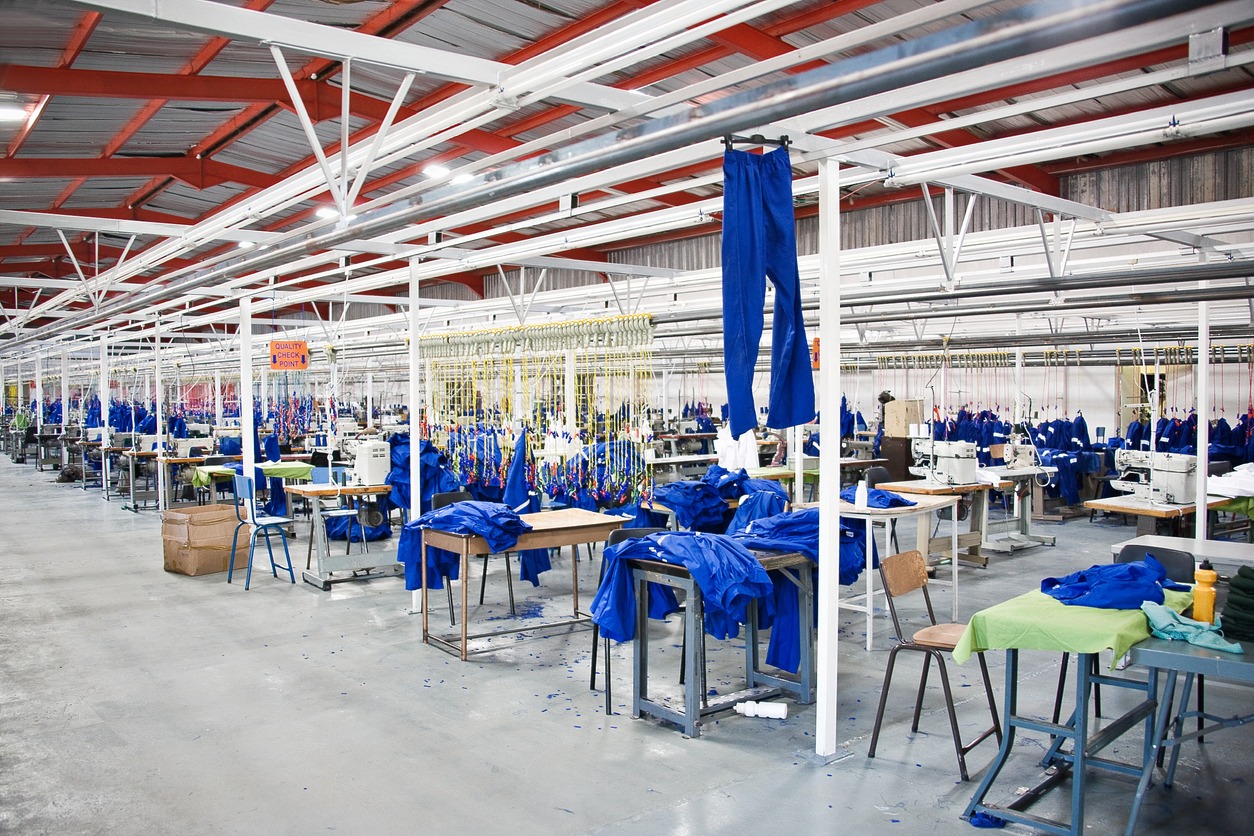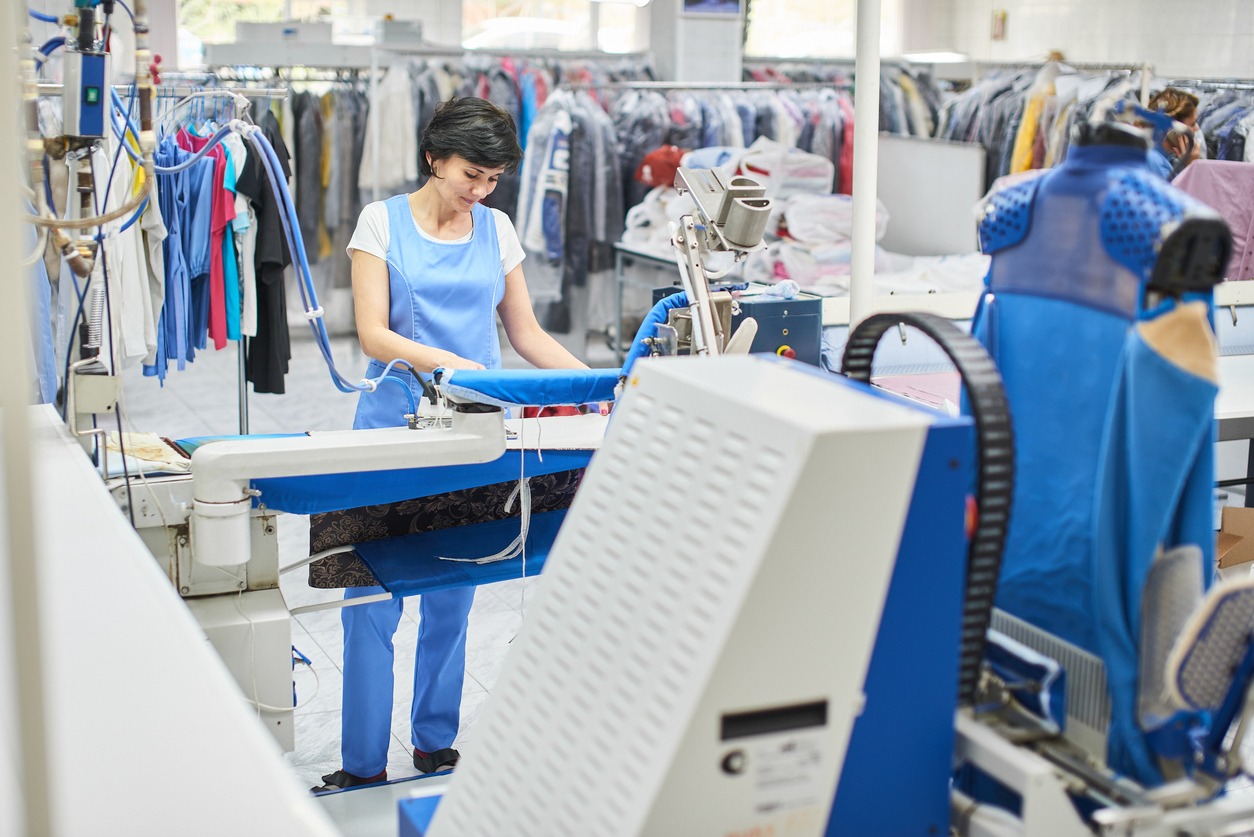The clothing manufacturing industry, a cornerstone of the global economy, is as diverse as it is expansive. At its heart lies a fundamental distinction: the scale of operations, split between small-scale and large-scale manufacturers. This division is not just about the size; it extends to their business models, production methods, sustainability practices, and their impact on markets and consumer trends.
Understanding these differences is crucial for industry stakeholders, from fashion designers and entrepreneurs to consumers and policymakers. This article delves deep into these two worlds, comparing and contrasting them across various dimensions to provide a comprehensive understanding of the current state and future directions of clothing manufacturing.
Business Models and Operations
Overview of Small-Scale Clothing Manufacturers
Definition and Characteristics
Small-scale clothing manufacturers are defined by their localized operations, typically characterized by a limited workforce and a focused approach to production. These entities often operate within a specific geographic area, catering to local or niche markets. The essence of small-scale manufacturing lies in its personal touch, attention to detail, and the ability to adapt quickly to market changes or customer preferences.
The workforce in such setups is usually skilled in specific aspects of clothing production, from traditional sewing techniques to modern design principles. This specialization allows for a high degree of customization in products. Moreover, small-scale manufacturers often foster a close-knit community atmosphere, where employees’ skills and contributions are highly valued and integral to the business’s success.
Business Models
Typically, small-scale clothing manufacturers adopt business models that emphasize direct interaction with their customer base. One prevalent model is direct-to-consumer (D2C), where manufacturers sell their products directly to consumers, often through online platforms or local boutiques. This approach eliminates the need for middlemen, allowing for better margins and more control over brand representation.
Another common model is bespoke or custom order manufacturing. Here, the focus is on creating unique, tailor-made products for individual clients. This model thrives on personalization and the ability to meet specific customer needs, whether it’s a unique size, design, or fabric choice. The bespoke model has gained popularity in niche markets where customers seek individuality in their apparel.
Challenges Faced
Despite the advantages of agility and customization, small-scale manufacturers face significant challenges. One of the primary challenges is limited resources. This limitation can manifest in various forms, such as restricted financial capabilities, less access to advanced manufacturing technology, or a smaller pool of skilled labor. These constraints can hinder the ability to scale operations or invest in marketing and brand development.
Competition with larger brands presents another significant hurdle. Large-scale manufacturers often enjoy economies of scale, enabling them to produce clothing at lower costs. This advantage allows them to price their products more competitively, making it challenging for small-scale manufacturers to compete, especially in price-sensitive markets.
Additionally, small-scale manufacturers must navigate the complexities of supply chain management and raw material sourcing on a limited budget. They often lack the bargaining power of larger companies, leading to higher costs for quality materials. This aspect can impact profitability and the ability to offer competitive pricing.
Overview of Large-Scale Clothing Manufacturers
Definition and Characteristics
Large-scale clothing manufacturers are defined by their capacity to produce apparel in mass quantities, leveraging extensive global supply chains and sophisticated production techniques. These entities are characterized by their expansive operations, often spanning multiple countries and continents. The hallmark of large-scale manufacturing is its focus on mass production, where the same design is produced in thousands or even millions of units, optimizing for efficiency and cost-effectiveness.
The workforce in these organizations is typically diverse, encompassing a range of skills from basic machine operation to complex logistical management. This diversity is necessary to handle the various aspects of large-scale production, including material sourcing, manufacturing, quality control, and distribution. Advanced technology and automation play a significant role in these operations, enabling the production of vast quantities of clothing at a rapid pace.
Large-scale manufacturers are also characterized by their extensive global supply chains. These supply chains are complex networks involving raw material suppliers, manufacturers, distributors, and retailers, often spread across different continents. Managing these networks requires sophisticated logistical capabilities and the ability to navigate international trade regulations and cultural differences.
Business Models
The business models employed by large-scale clothing manufacturers are primarily centered around Business-to-Business (B2B) and mass-market retail strategies. In the B2B model, manufacturers produce clothing for other businesses, such as fashion brands, department stores, or uniform suppliers. This model requires the ability to produce a high volume of garments that meet the specific requirements and quality standards of corporate clients.
Mass-market retail is another common model where manufacturers produce clothing intended for the general consumer market. This approach often involves working with or as part of large retail chains or e-commerce platforms, offering products that appeal to a broad audience. Mass-market strategies require a deep understanding of market trends, consumer behavior, and efficient distribution channels to ensure that the right products are available in the right quantities at the right time and place.
Advantages
One of the primary advantages of large-scale clothing manufacturing is the economies of scale. By producing in large volumes, manufacturers can reduce the cost per unit, making the products more affordable for consumers and more profitable for the company. This cost efficiency is achieved through bulk purchasing of materials, optimized production processes, and the ability to spread fixed costs across a larger number of units.
Another advantage is the wider market reach. Large-scale manufacturers have the resources and networks to distribute their products globally, reaching a diverse and extensive customer base. This global presence allows them to tap into different markets, cater to a variety of consumer preferences, and mitigate risks by not being overly dependent on a single market.
Production Processes and Technology
Small-Scale Manufacturers
Small-scale clothing manufacturers typically focus on handcrafting and small batch production, which allows for a greater degree of customization and attention to detail. This artisanal approach often involves traditional techniques passed down through generations, blending craftsmanship with modern design. The scale of production is usually limited, focusing on quality over quantity, making each piece unique or part of a limited series.
In terms of technology, small-scale manufacturers are increasingly adopting innovative solutions tailored to their size and capacity. This includes the use of computer-aided design (CAD) software for precise pattern making and 3D printing for creating unique fabric textures or accessories. Even with limited budgets, small manufacturers are finding ways to integrate technology into their processes, enhancing both efficiency and creativity.
Quality control is a significant aspect of small-scale manufacturing. With a closer oversight of the production process, these manufacturers can ensure that each garment meets high standards. This meticulous approach to quality often results in a product that is not only well-made but also has a story and character that mass-produced items lack.
Large-Scale Manufacturers
Large-scale manufacturers predominantly utilize mass production techniques. This includes assembly line production, where each worker or group of workers is responsible for a specific part of the garment. Automation plays a key role in this process, with machines handling tasks like cutting, sewing, and even packaging.
The adoption of advanced technologies such as AI and robotics is transforming large-scale manufacturing. AI algorithms optimize production planning and inventory management, while robotics automate repetitive tasks, increasing efficiency and reducing the need for manual labor. These technologies enable large manufacturers to produce vast quantities of clothing rapidly and consistently.
However, quality control can be a challenge in mass production. The focus on speed and volume can sometimes lead to inconsistencies and defects. Large manufacturers often implement rigorous quality control systems, but the sheer volume of production makes it a daunting task, requiring constant vigilance and adaptation.
Sustainability and Ethical Considerations
Environmental Impact
The clothing manufacturing industry has a significant environmental footprint, with differences in resource usage and waste production between small and large manufacturers. Small-scale manufacturers often use less water and energy per garment due to their smaller production runs, and they typically generate less waste. However, their smaller scale can mean less efficiency in resource usage overall.
Large manufacturers, on the other hand, have a larger absolute impact due to the volume of their production. They are major consumers of water, energy, and raw materials, and they contribute significantly to global textile waste. However, many large manufacturers are implementing sustainability initiatives, such as using recycled materials, investing in renewable energy sources, and optimizing production processes to minimize waste.
Ethical Considerations
Labor practices differ substantially between small and large-scale manufacturers. Small manufacturers often have a more personal relationship with their workers, with better working conditions and fair pay. However, they might lack formal labor contracts or benefits due to their size.
Large manufacturers, especially those operating in developing countries, have faced criticism for poor labor practices, including low wages, unsafe working conditions, and excessive working hours. In response, many are now focusing on improving these conditions, driven by both regulatory requirements and consumer demand for ethically made products.
Transparency and ethical sourcing are becoming increasingly important. Consumers are demanding more information about where and how their clothes are made, pushing both small and large manufacturers to be more transparent about their supply chains.
Market Impact and Consumer Trends
Market Dynamics
The competition and coexistence of small and large clothing manufacturers in the market are dynamic and complex. Small manufacturers often focus on niche markets or premium segments, offering unique, high-quality products. They differentiate themselves through craftsmanship, sustainability, and a personal touch.
Large manufacturers, with their ability to produce large volumes at lower costs, dominate mass markets and fast fashion. They are equipped to respond quickly to changing fashion trends, although this often leads to a homogenization of styles and a focus on quantity over quality.
Globalization has impacted both scales of manufacturing. Small manufacturers now have access to a global market through online platforms, enabling them to expand their reach. Conversely, large manufacturers face challenges from emerging global competitors and changing trade policies.
Consumer Trends
Consumer preferences are shifting, with a growing segment leaning towards bespoke and ethically made items, favoring the offerings of small-scale manufacturers. This shift is driven by a desire for individuality, quality, and sustainability.
Marketing and brand perception play crucial roles in shaping consumer preferences. Large manufacturers often have significant marketing budgets, allowing them to influence fashion trends and consumer behavior. Small manufacturers, while limited in their marketing reach, can capitalize on storytelling and authenticity to build a loyal customer base.
Future Outlook and Innovations
Emerging Trends
The clothing manufacturing industry is at a crossroads, with sustainability, digitalization, and personalization shaping its future. Consumers are becoming more environmentally conscious, pushing both small and large manufacturers to adopt more sustainable practices.
Digitalization is another key trend, with technologies like virtual reality and AI changing how manufacturers design, produce, and sell clothing. This digital transformation is making the industry more efficient and responsive to consumer needs.
Potential Changes
In the future, we may see a shift towards more sustainable practices in both small and large-scale manufacturing. This could include the use of eco-friendly materials, closed-loop production processes, and a greater focus on recycling and upcycling. Explore more of New York City’s Manufacturers. Visit Decoding Michael Kors Between Luxury and Accessibility in Fashion
Innovations in manufacturing technology could significantly impact both scales. For small manufacturers, advancements in affordable, small-scale production technologies could level the playing field. For large manufacturers, innovations in automation and AI could lead to even greater efficiencies.
Conclusion
The exploration of small-scale and large-scale clothing manufacturers reveals a multifaceted and dynamic industry, characterized by diverse approaches to production, technology, sustainability, ethics, and market impact. Each scale of operation brings its own unique strengths, challenges, and contributions to the fashion world, and their coexistence is vital to the industry’s richness and versatility.
Small-scale manufacturers distinguish themselves through their focus on craftsmanship, personalized customer experiences, and sustainable practices. They cater to niche markets, offering unique, high-quality products and showcasing the value of artisanal skills and local production. However, they face challenges in resource limitations and competition with larger brands.
On the other hand, large-scale manufacturers excel in mass production, leveraging advanced technologies and economies of scale to meet the demands of a global consumer base. Their ability to produce large volumes of clothing efficiently and affordably has made fashion more accessible to a broader audience. Yet, they must continually address concerns regarding environmental impact, ethical labor practices, and the need for greater transparency in their operations.
The industry is currently at a crossroads, influenced by shifting consumer preferences towards sustainability and ethical production. The growing demand for environmentally friendly and ethically made clothing is pushing both small and large manufacturers to innovate and adopt more sustainable practices. This shift is not just a challenge but also an opportunity for growth and transformation.
Emerging trends in technology, sustainability, and consumer behavior are shaping the future of clothing manufacturing. Innovations in production processes, materials, and digital technologies offer exciting possibilities for enhancing efficiency, reducing environmental impact, and meeting the evolving needs of consumers. Both small and large manufacturers must stay agile and adaptive to navigate these changes successfully.





